Set ominously atop an ancient Saxon burial ground, Bunhill Fields (derived from the rather more morbid “bone hill”) became popular in 1549 when carts of bodies arrived in their thousands from the overflowing charnel house at St. Paul’s.
Even prior to earning its grim name, the site had a history of combat. It remains the home of the Honourable Artillery Company, on land granted in the 15th century, leading on from the prior usage of Bunhill Fields as a spot for archery practice.
However, not all of the land’s past was quite so morbid. John Milton penned Paradise Lost near the field and soon after, in 1666, it served as a lifesaver for the many made homeless by the Great Fire of London, who gathered there in an impromptu camp. Historic ambiguity over whether the land is consecrated or not has led to it being regarded as a burial place for conscientious and dissenting personalities, including men of letters – John Bunyan, Daniel Defoe, and Dr. Isaac Watts were all interred here. As was William Blake, one of England’s most recognized poets.
He was buried in a nineteen-shilling grave that has been lost to time. Make sure to look out for his latterly placed memorial headstone, which, although no longer resting above him, marks an important pilgrimage destination for lovers of language everywhere.
Know Before You Go
The attendants hut near the centre of the cemetary contains a map of several notable graves. William Blake's gravestone is set in the path near the hut, adjacent to a tall memorial.
Most of the cemetery is preserved behind railings. However, Bunyan's, Defoe's, and Blake's memorials lie on the main path through the cemetery and are always accessible during opening hours. If you would like to tour the sections behind the railings, call the City Gardens Office to arrange an appointment.






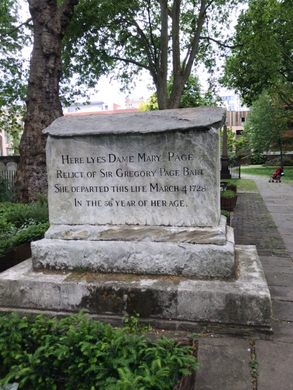
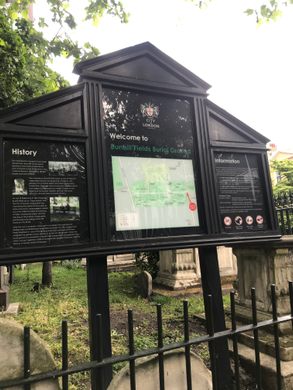




















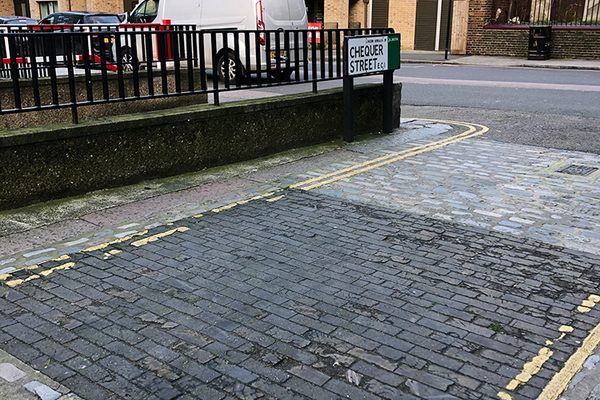



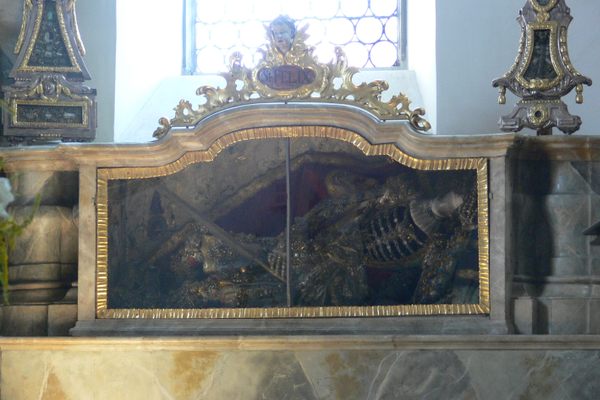
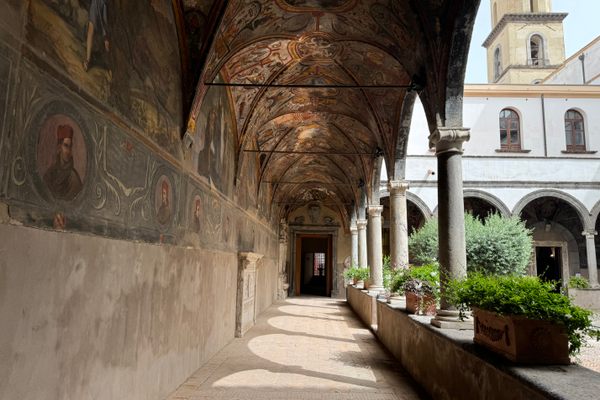



Follow us on Twitter to get the latest on the world's hidden wonders.
Like us on Facebook to get the latest on the world's hidden wonders.
Follow us on Twitter Like us on Facebook